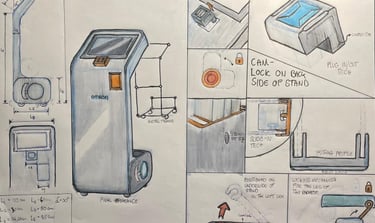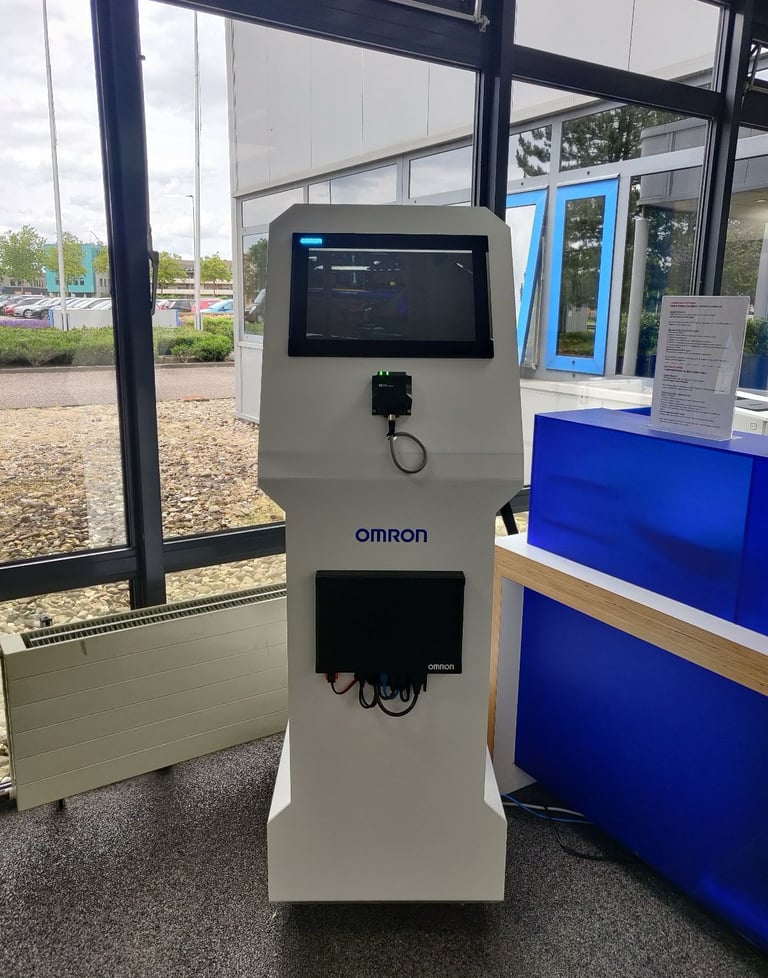OMRON
Seeing the gap between the professional world and the life at University I actively pursued an internship opportunity to show me where and in what way a designer can be positioned in the industry.
Thus, my most valuable insight that I gained from it was the importance of having transparent planning and of keeping all involved stakeholders notified as well as creating CAD designs with editable properties.
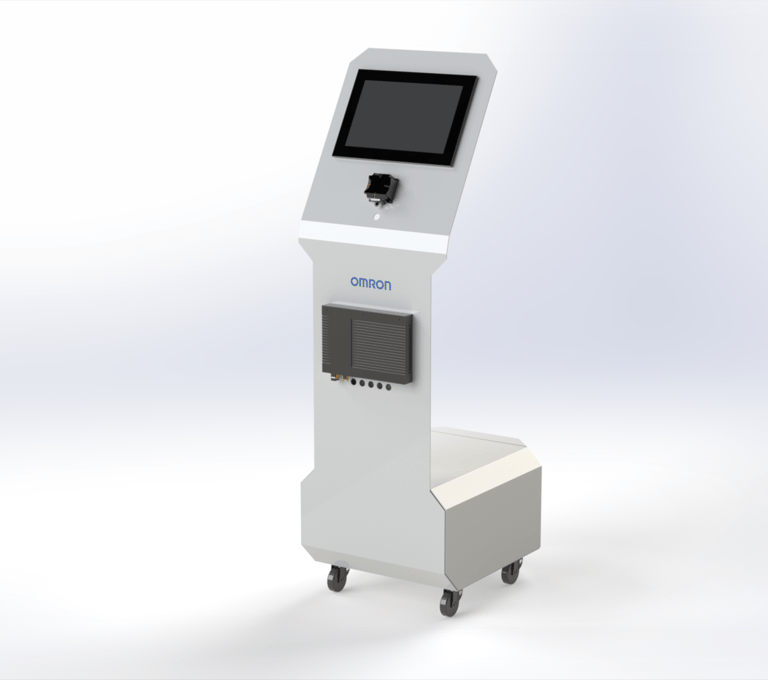

Skills I learned:
3D Modelling
Collaboration in a big company
Applying Skills gained in University in a real world setting
Professionalism
Receival of feedback and critique
Time management
Problem Solving Skills
My Design Process
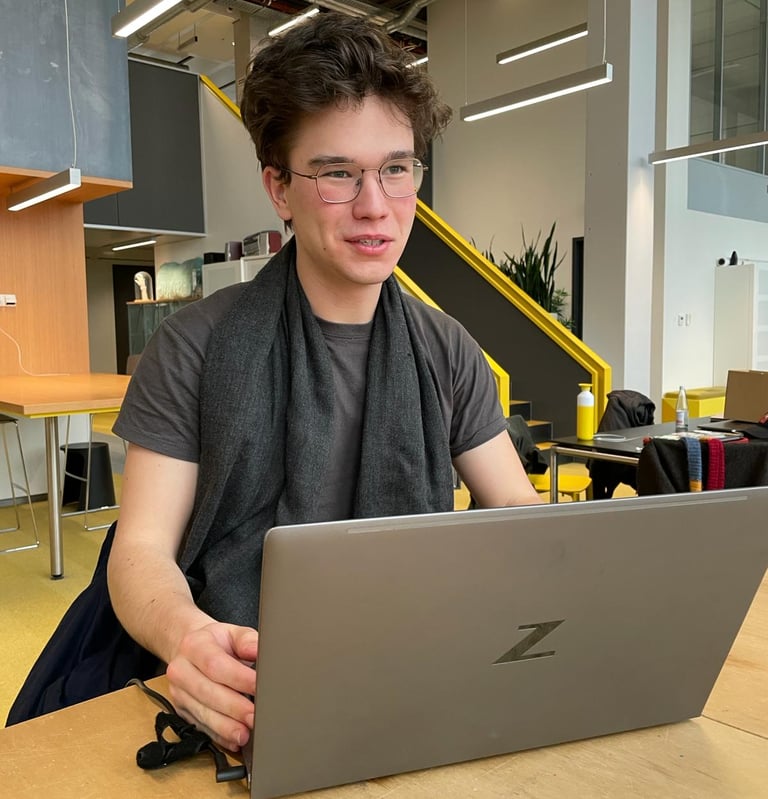

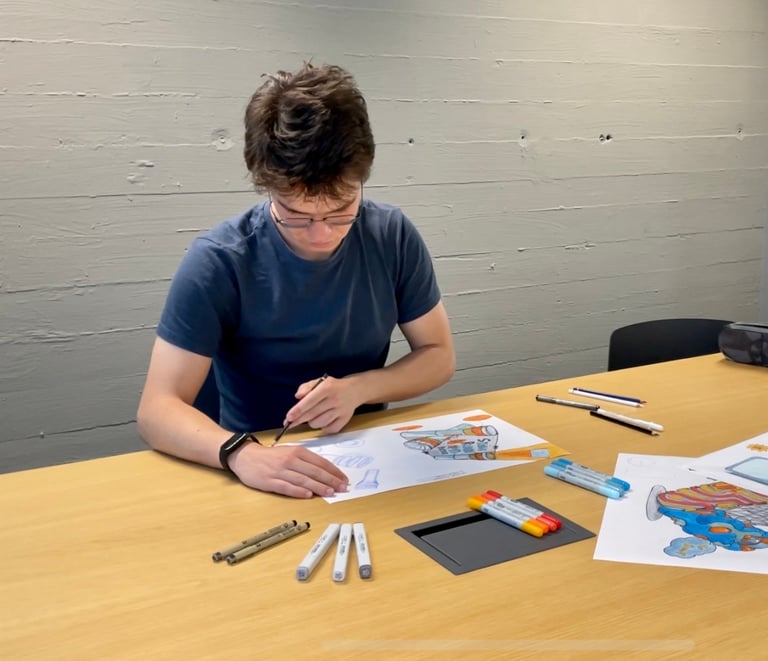


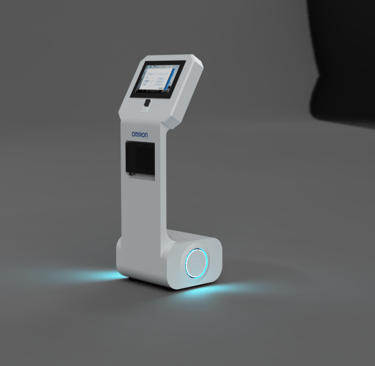
01 Definition
Before delving into the design of the sign-in platform I performed an extensive analysis on the design and functionality requirements of the involved stakeholders by conducting individual interviews with all of them.
02 Exploration
By first starting in the exploration stage I applied my then newly found Exploratory Sketching skills to provide the stakeholders with an ample repertoire of directions ranging from a desktop sign-in platform to a standing mobile one and placed it to several rounds of voting.
03 Validation
After making 15 designs for the stakeholders we placed it for several rounds of voting and collected all the features that they thought necessary for this utility.
04 Converging
After converging from the multiple directions it was time to instead diverge into all the design details for the stand, by making multiple higher quality renders of it. Besides this I made sure to give some comparison basis for the dimensions and viewing angles utilizing low-fi prototypes.
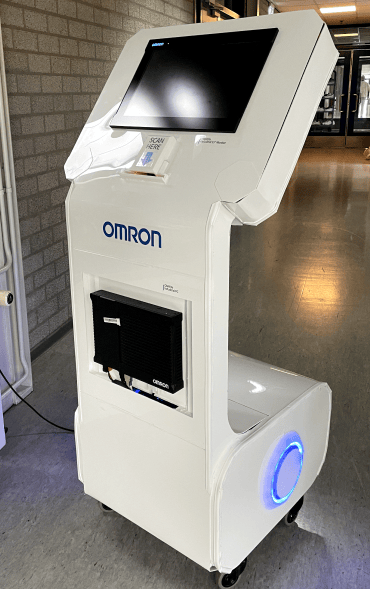

05 Prototyping
Once the details were set in stone, I could translate them into a 3D model render and make a final round of validation before the first hi-fi prototype was made.
To reduce the costs needed to make the HI-FI prototype I utilized the facilities and workshop of the on-site factory. By doing so I was able to develop my skills in metal-; plastic- and woodworking as well as my ability to plan the construction of the product beforehand.


06 Validation and Reiteration
After assembling the functional prototype, several notable improvements and previously unseen elements came to light, including inconsistencies in ratios and incompatibility with certain visual identity norms of the company. These findings were carefully considered during the design phase of the next version of the stand. Upon reaching a consensus to outsource the production of the stand, the search for manufacturers and production methods commenced. This process provided valuable insights into a variety of manufacturing techniques, encompassing both synthetic materials and metals.
07 Conclusion and "Post-Production"
During the subsequent phase of the project, I engaged in active collaboration with both the manufacturing company and the stakeholders at Omron. This included a visit to the facility where my product is to be constructed, providing valuable insights into the various steps required to deliver the final result. This phase of the project timeline extended considerably, as it involved coordination with a larger number of people. It underscored the importance of effective communication and lead time management. Additionally, I took the initiative to create a comprehensive manual for maintenance and assembly, aimed at streamlining the reproduction process for future iterations of the product.

